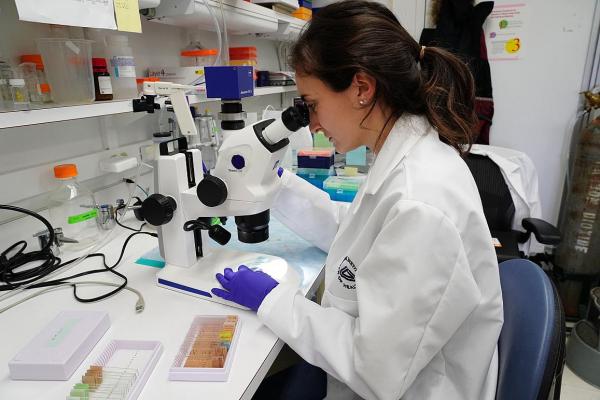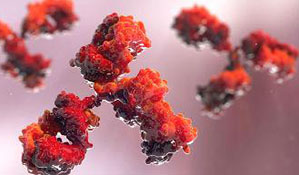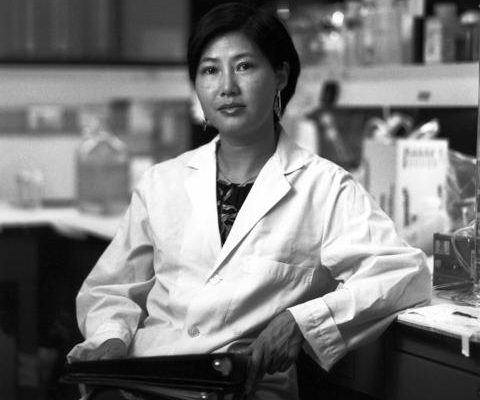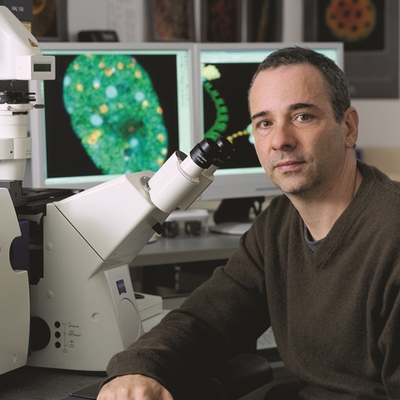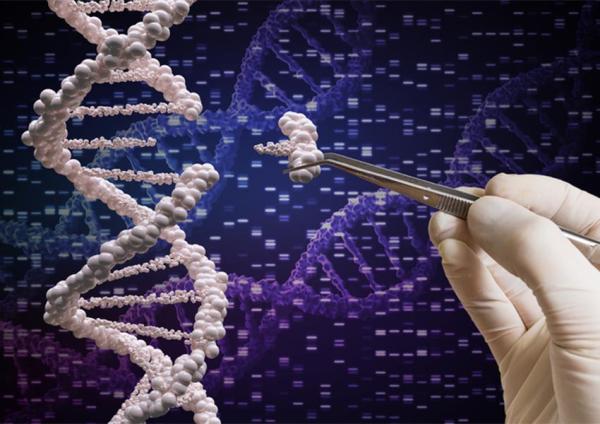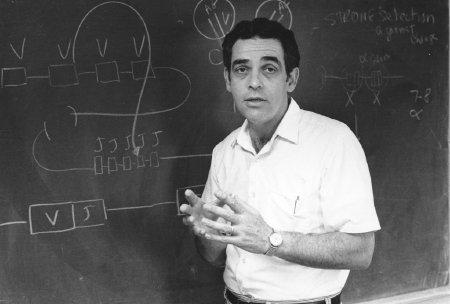Medical Research Scholars Reflect on Their NIH Journeys
Future Physician-Scientists Spent a Year in IRP Labs
Many doctors not only treat patients directly, but also make valuable contributions to research that will improve medical care in the future. Each one of these talented ‘physician-scientists’ began his or her research career under the guidance of a more senior scientist. At the NIH, the Medical Research Scholars Program (MRSP) provides just such an experience to promising young medical students from all across the United States.

